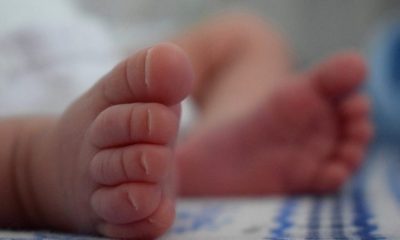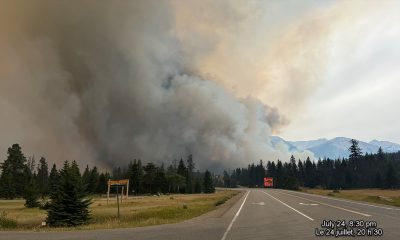International
Hawaii: Maui Fire Death Toll Reaches 106
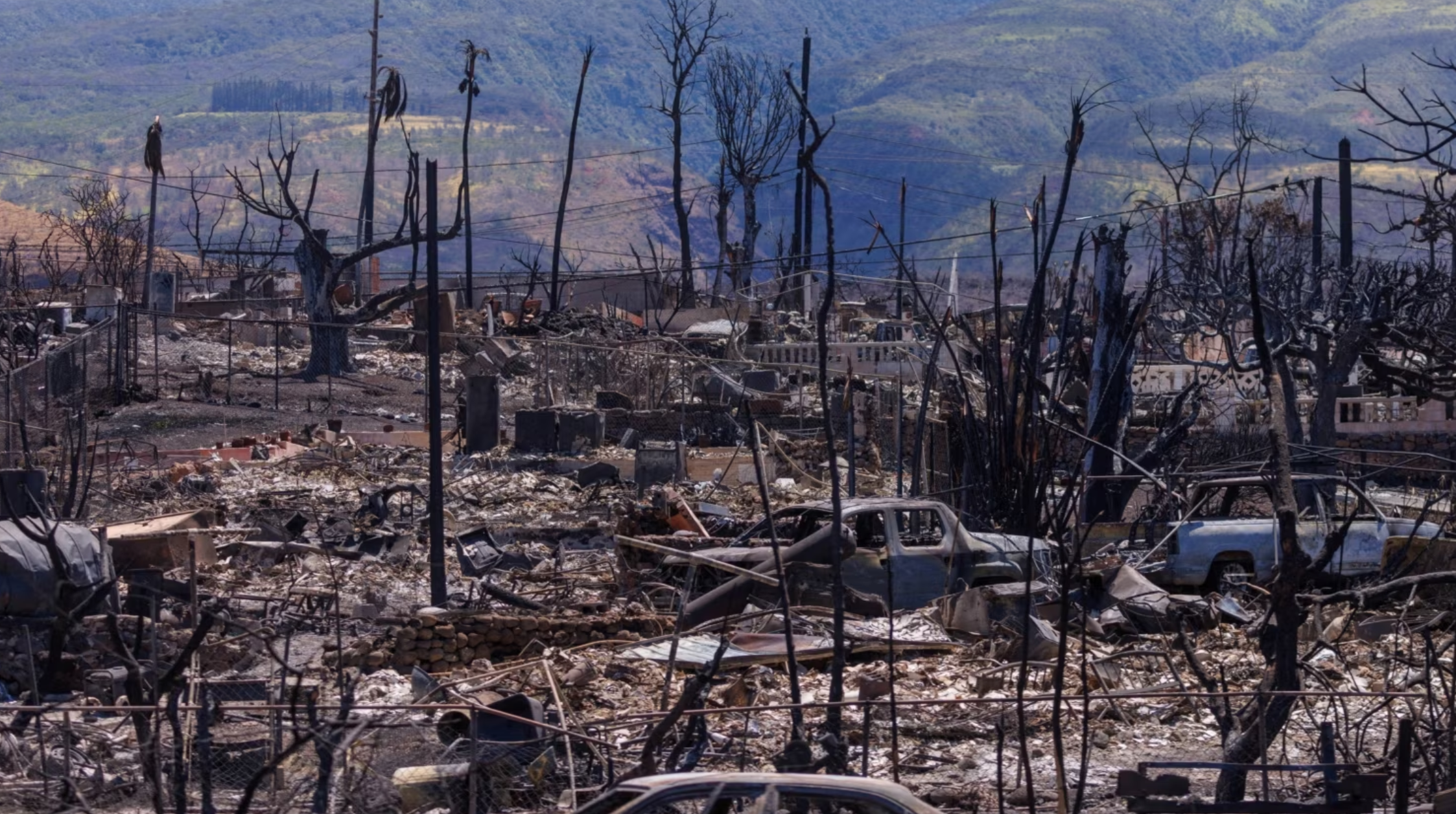
August 16|
A mobile morgue unit arrived Tuesday to assist Hawaii officials working hard to identify remains, while Maui County released the names of people who died in the wildfire that nearly incinerated the historic town of Lahaina a week ago and brought the death toll to 106.
The county named two victims, Lahaina residents Robert Dyckman, 74, and Buddy Jantoc, 79, and added in a statement that three other victims were identified.
Those names will be released once the county has identified next of kin.
The U.S. Department of Health and Human Services deployed a team of medical examiners, pathologists and technicians along with examination tables, X-ray units and other equipment to identify the victims and process the remains, said Jonathan Greene, the agency’s deputy assistant secretary for response.
“It’s going to be a very, very difficult mission,” Greene said. “And patience is going to be incredibly important because of the number of victims.”
A week after a fire swept through historic Lahaina, many survivors began moving into hundreds of hotel rooms set aside for displaced locals as donations of food, ice, water and other essentials arrived.
Crews using rescue dogs have scoured about 32 percent of the area, Maui County said in a statement Tuesday. Hawaii Gov. Josh Green asked for patience as authorities were overwhelmed with requests to visit the burned area.
Maui Police Chief John Pelletier renewed an appeal for families with missing relatives to provide DNA samples. So far 41 samples have been submitted, the county release said, and 13 DNA profiles have been obtained from the remains.
The governor warned that many more bodies could be found. The wildfires, some of which have yet to be fully contained, are already the deadliest in the US in more than a century. Their cause was under investigation.
Asked by Hawaii News Now if children were among the missing, Green said Tuesday, “Tragically, yes…. When the bodies are smaller, we know it’s a child.”
He described some of the sites being searched as “too much to share or see from a human perspective.”
Another complicating factor, Green said, is that thunderstorms with rain and high winds are forecast for the weekend. Officials are considering whether or not to “preemptively shut down for a short period of time, because right now the entire infrastructure is weaker.”
A week after the fires began, some residents were still dealing with intermittent electricity, unreliable cell phone service and uncertainty about where to get help. Some people periodically walked to a seawall, where phone connections were stronger, to make calls. Flying low off the coast, a single-propeller plane used a loudspeaker to broadcast information about where to get water and supplies.
Victoria Martocci, who lost her diving business and a boat, planned to travel to her storage unit in Kahalui from her home in Kahana on Wednesday to hide documents and mementos given to her by a friend whose house burned down. “These are things she grabbed, the only things she could grab, and I want to keep them safe for her,” Martocci said.
The local power company has already faced criticism for not shutting off power when high winds hit a parched area with a high risk of fire. It is unclear whether the utility’s equipment played any role in igniting the flames.
Hawaiian Electric Co. Inc. president and CEO Shelee Kimura said many factors played into the decision to shut off power, including the impact on people who rely on specialized medical equipment and concerns that an outage in the area of the fire would have knocked out water pumps.
Green has said the flames reached a speed of 1.6 kilometers per minute in one area, fueled by dry grass and driven by strong winds from a passing hurricane.
The fire that swept through century-old Lahaina last week destroyed nearly every building in the town of 13,000 people. That fire has been 85% contained, according to the county. Another fire known as the Upcountry fire was 60 percent contained.
International
Argentina detects first local cases of Influenza A (H3N2) Subclade K

Argentina’s National Administration of Laboratories and Health Institutes (ANLIS) “Dr. Carlos G. Malbrán” has confirmed the detection of three cases of influenza A (H3N2) corresponding to subclade K in the country. These are the first locally recorded cases of this variant, which has become predominant in several countries in the Northern Hemisphere in recent months and is associated with higher transmissibility.
The cases were identified through the National Network of Laboratories and Sentinel Units and confirmed by the National Reference Laboratory of INEI-ANLIS using genomic sequencing techniques. According to health authorities, the cases involve two adolescents from the province of Santa Cruz, detected as part of the Ambulatory Monitoring Strategy for Acute Respiratory Infections, and a child who had been hospitalized in the Autonomous City of Buenos Aires.
In all three cases, patients experienced mild illness and recovered without complications. Officials did not specify whether any of the affected individuals had a recent travel history.
The jurisdictions involved have already launched the corresponding epidemiological investigations and are responsible for ensuring timely medical care for the detected cases. According to the latest integrated surveillance report, the circulation of influenza and other respiratory viruses in Argentina remains within expected levels for this time of year.
International
Pentagon confirms Trump pick for SouthCom as U.S. military pressure grows
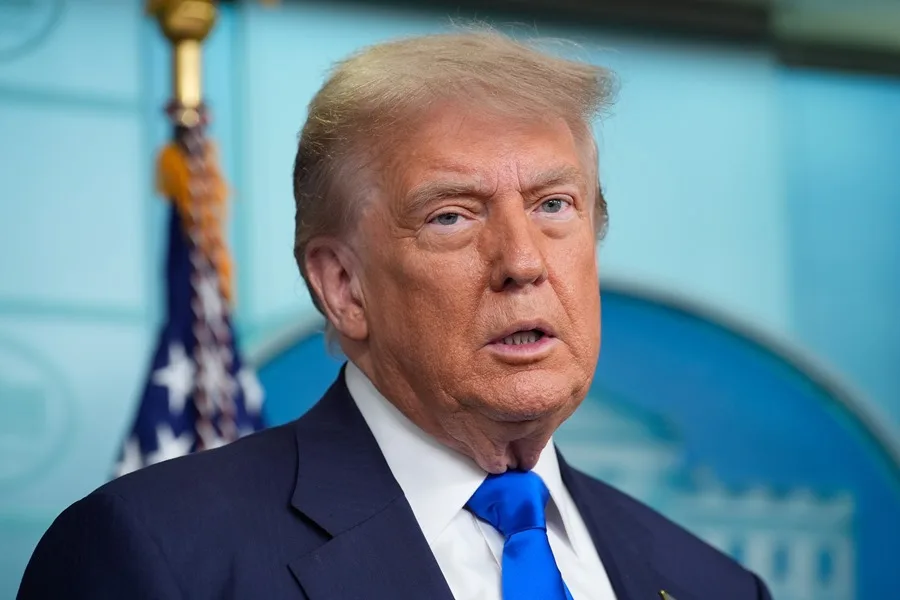
Former U.S. President Donald Trump has nominated a Marine Corps lieutenant general to lead U.S. Southern Command (SouthCom), the Pentagon announced on Friday, as Trump said he does not rule out the possibility of a war with Venezuela.
If confirmed by the U.S. Senate, Marine Corps Lieutenant General Francis L. Donovan would replace an admiral who, according to media reports, criticized recent attacks on vessels allegedly linked to drug trafficking off the Venezuelan coast.
Washington has deployed a significant military presence in both the Caribbean and the Pacific, where it has carried out airstrikes against boats it claims were used by suspected drug traffickers. According to an AFP tally based on official information, the attacks have left more than 100 people dead.
The Venezuelan government has denounced what it describes as a plot to overthrow President Nicolás Maduro and seize the country’s oil resources.
In a statement published Friday on the Pentagon’s website, U.S. Secretary of Defense Pete Hegseth announced that Trump had nominated Lieutenant General Donovan to serve as commander of U.S. Southern Command.
SouthCom is responsible for U.S. military operations in Central and South America, as well as parts of the Caribbean.
According to the Department of Defense, Donovan currently serves as deputy commander of U.S. Special Operations Command. His appointment is subject to Senate confirmation.
International
Trump moves to reclassify marijuana as less dangerous substance
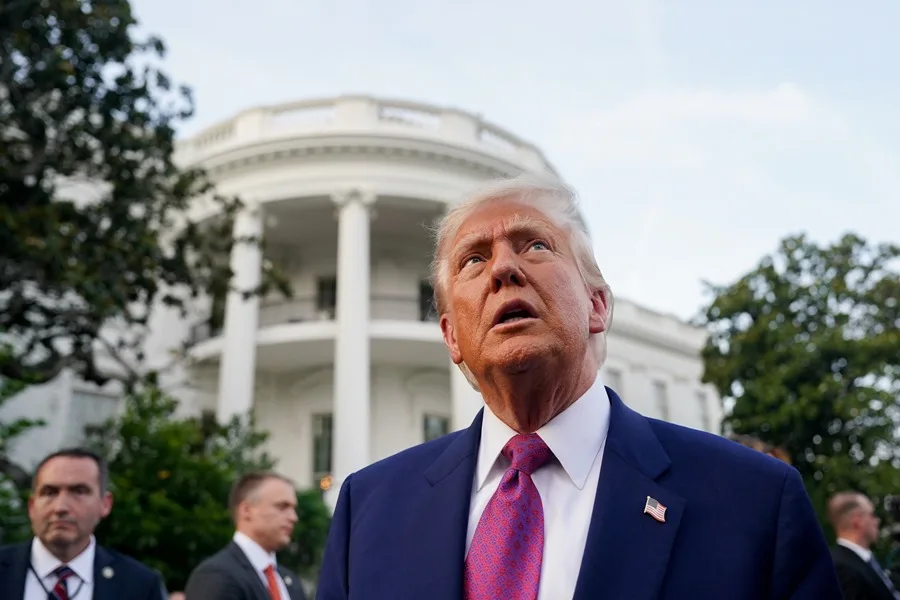
Former U.S. President Donald Trump signed an executive order on Thursday to reclassify marijuana as a less dangerous addictive substance, a move aimed at encouraging medical research without immediately opening the door to federal-level decriminalization.
Trump said that “people were begging” him to make the decision, particularly individuals suffering from chronic pain. He stressed, however, that the measure “is not at all a decriminalization” of marijuana for non-medical use.
“I’ve always told my children: don’t use drugs, don’t drink, don’t smoke,” Trump added. He is a well-known teetotaler.
A senior government official described the decision as “common sense” during a briefing with reporters, noting that marijuana and CBD-based products — a compound derived from cannabis known for its relaxing properties — are already widely used in the United States by patients dealing with chronic pain.
Most U.S. states currently allow the use of cannabis for medical purposes, and more than 20 states, along with the nation’s capital, Washington, D.C., have also legalized recreational use.
-
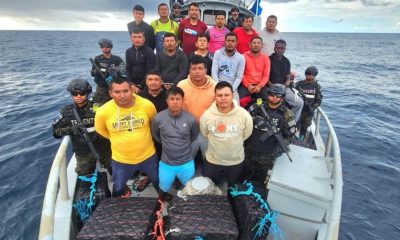
 Central America4 days ago
Central America4 days agoEl Salvador ranks among top countries in the Americas in fight against organized crime
-
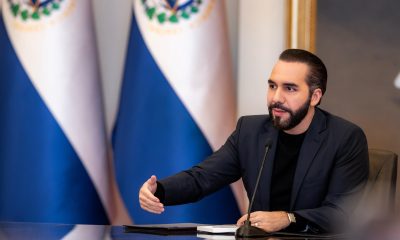
 Central America4 days ago
Central America4 days agoBukele says AI partnership with xAI will transform public education in El Salvador
-

 International1 day ago
International1 day agoShakira’s El Salvador concerts sell out in hours, fans demand more dates
-
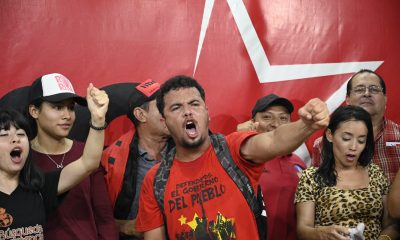
 Central America3 days ago
Central America3 days agoArrests and clashes in Tegucigalpa as vote count continues after Honduras election
-
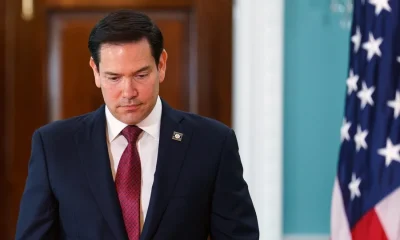
 International3 days ago
International3 days agoRubio rules out 2028 presidential bid if Vance runs
-
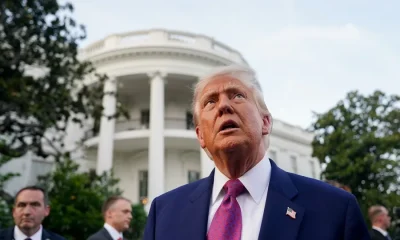
 International1 day ago
International1 day agoTrump moves to reclassify marijuana as less dangerous substance
-
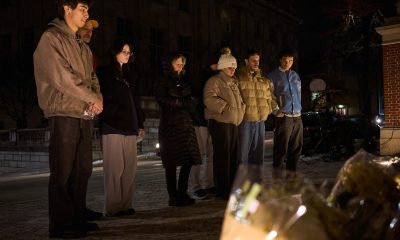
 International3 days ago
International3 days agoAuthorities search for armed and dangerous suspect in fatal Brown University attack
-

 International15 hours ago
International15 hours agoPentagon confirms Trump pick for SouthCom as U.S. military pressure grows
-

 International14 hours ago
International14 hours agoArgentina detects first local cases of Influenza A (H3N2) Subclade K



























